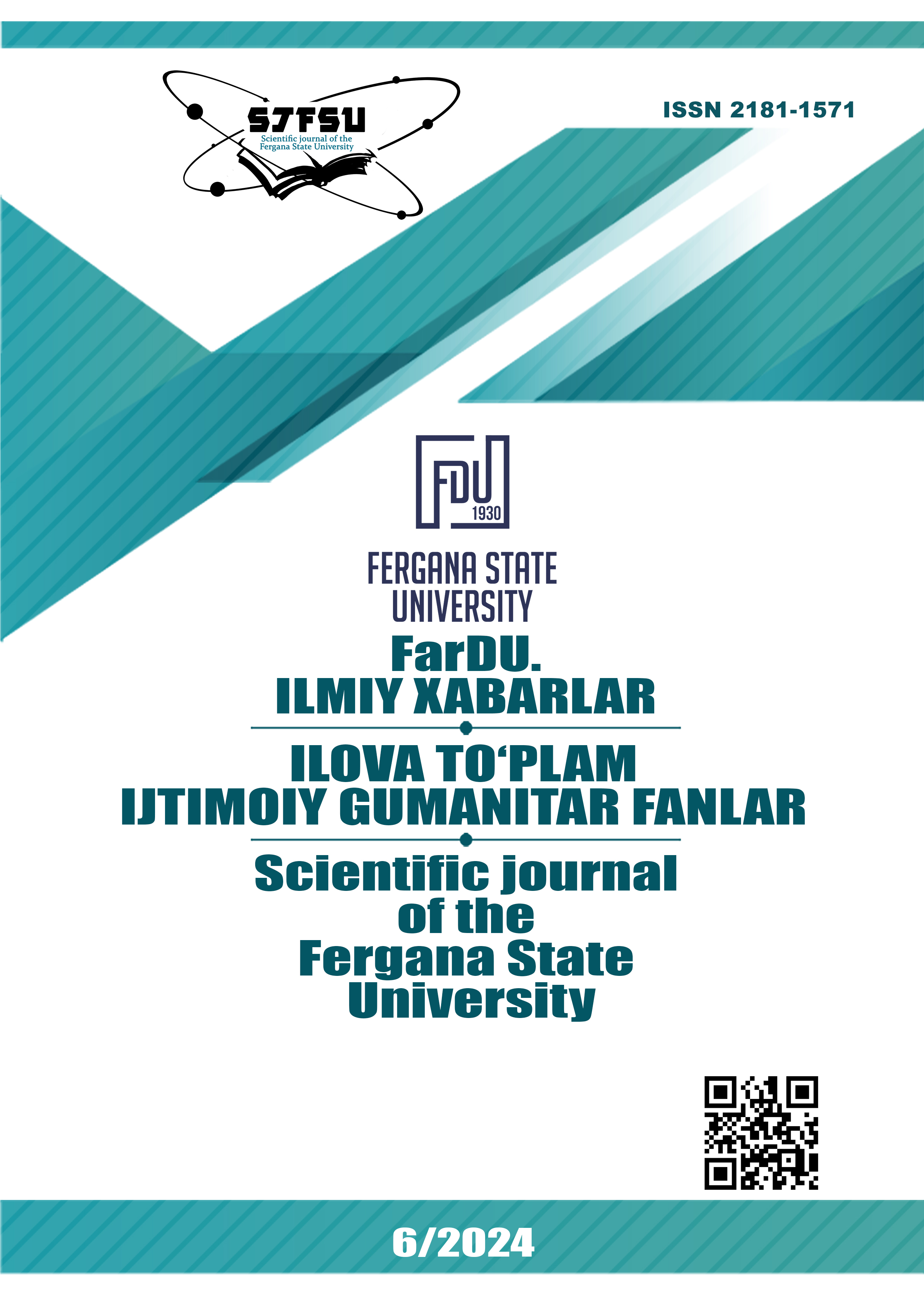EVALUATING THE PROCESS OF LEARNING THE LANGUAGE OF LEARNING AND IMPROVING THE EFFECTIVENESS OF THE LESSON
Keywords:
formal assessment, informal assessment, summative assessment, formative assessment, diagnostic skills, language teaching effectivenessAbstract
The article provides an in-depth analysis of the significance and various methods of assessment in foreign language teaching. Diagnostics and assessment are presented as essential tools for monitoring learners’ progress, identifying their needs, and enhancing the efficiency of the educational process. Formal assessment, such as standardized international tests (IELTS, TOEFL), allows for an objective evaluation of learners’ grammatical knowledge and core language skills. Informal assessment, on the other hand, is flexible and supports identifying learners’ weaknesses during lessons, enabling tailored approaches to their needs.
Formative assessment focuses on tracking learners’ continuous development and helps teachers adjust their lessons accordingly, while summative assessment plays a vital role in evaluating final outcomes. The article highlights the motivational aspects of formative assessment, including providing constructive feedback to enhance learners’ educational progress.
The importance of integrating formal and informal assessments, along with formative and summative approaches, is emphasized as a means of improving the quality of education and fostering learners’ competencies. Additionally, employing diagnostic methods is noted as a key factor in enhancing teachers’ pedagogical skills. The assessment process effectively adapts education to learners’ needs, contributing to overall educational quality improvement.
References
Grotjahn R., Kleppin K. Prüfen, Testen, Evalueren. Ernst Klett Sprachen GmbH, Stuttgart. – 2017. – S.176.
Ballweg S u.a. Wie lernt man die Fremdsprache Deutsch? Deutsch lehren lernen. Band 2. München: Klett-Langenscheidt. – 2013. – S.198.
Dlaska A. Sprachtests: Leistungsbeurteilungen im Fremdsprachenunterricht evaluieren und verbessern. Schneider Verlag. – 2009. – S.209.
Europarat. Gemeinsamer europäischer Referenzrahmen für Sprachen: Lernen, lehren, beurteilen. Berlin. Langenscheidt. – 2001. – S. 304.
Downloads
Published
Issue
Section
License
Copyright (c) 2025 Scientific journal of the Fergana State University

This work is licensed under a Creative Commons Attribution-NonCommercial-NoDerivatives 4.0 International License.
Most read articles by the same author(s)
- , INNOVATIVE APPROACH TO PREPARING STUDENTS FOR PRACTICAL PEDAGOGICAL AND ADMINISTRATIVE ACTIVITIES THROUGH QUALIFIED PRACTICE , Scientific journal of the Fergana State University: No. 3 (2024): FarDU.Ilmiy xabarlar jurnali (Aniq va tabiiy fanlar)
- Matlyuba Qaxxarova, Mavluda Raximshikova, THE PROBLEM OF UPBRINGING AND FORMATION OF CONSCIOUSNESS AND THINKING OF YOUTH , Scientific journal of the Fergana State University: No. 1 (2023): Scientific journal of the Fergana State University (Social humanities sciences)
- , , , , , LITERATURE REVIEW ON THE IMPACT OF MICROPLASTICS ON HYDROBIOTA ORGANISMS , Scientific journal of the Fergana State University: No. 5 (2024): FarDU.Ilmiy xabarlar jurnali (Aniq va tabiiy fanlar)
- Axmadalieva Dildora Raxitdinovna, USING GAMIFICATION IN ENGLISH LESSONS , Scientific journal of the Fergana State University: No. 3 (2023): Scientific journal of the Fergana State University (Social humanities sciences)
- , , SYNTHESIS OF B VITAMINS BY MICROORGANISMS IN SOIL , Scientific journal of the Fergana State University: No. 5 (2024): FarDU.Ilmiy xabarlar jurnali (Aniq va tabiiy fanlar)
- , , HISTORICAL DEVELOPMENT OF THE TERM AND TERMINOLOGY AND SCIENTIFIC CONSIDERATIONS ABOUT THEM , Scientific journal of the Fergana State University: No. 2 (2023): Scientific journal of the Fergana State University (Social humanities sciences)
- , RHYME STRUCTURE OF CONTEMPORARY ARUZI POEMS , Scientific journal of the Fergana State University: No. 5 (2024): Scientific journal of the Fergana State University (Social humanities sciences)
- Dildora Ganieva, Associate, Feruz Khamidov, THE COMPARATIVE ANALYSIS OF INTERNET DISCOURSE IN UZBEK, RUSSIAN AND ENGLISH LANGUAGES , Scientific journal of the Fergana State University: No. 3 (2024): Scientific journal of the Fergana State University. Application set (Social humanities sciences)
- , PHONETIC AND LEXICAL-STYLISTIC CHANGES IN CONTEMPORARY ARUZ POEMS , Scientific journal of the Fergana State University: No. 4 (2024): Scientific journal of the Fergana State University (Social humanities sciences)
- Dildora Xoshimova, Xositxon Turaxonova, TRANSLATIONS OF COMPARATIVE MEANS REFLECTING CHARACTER PSYCHOLOGY IN TRANSLATION , Scientific journal of the Fergana State University: No. 1 (2023): Scientific journal of the Fergana State University (Social humanities sciences)

